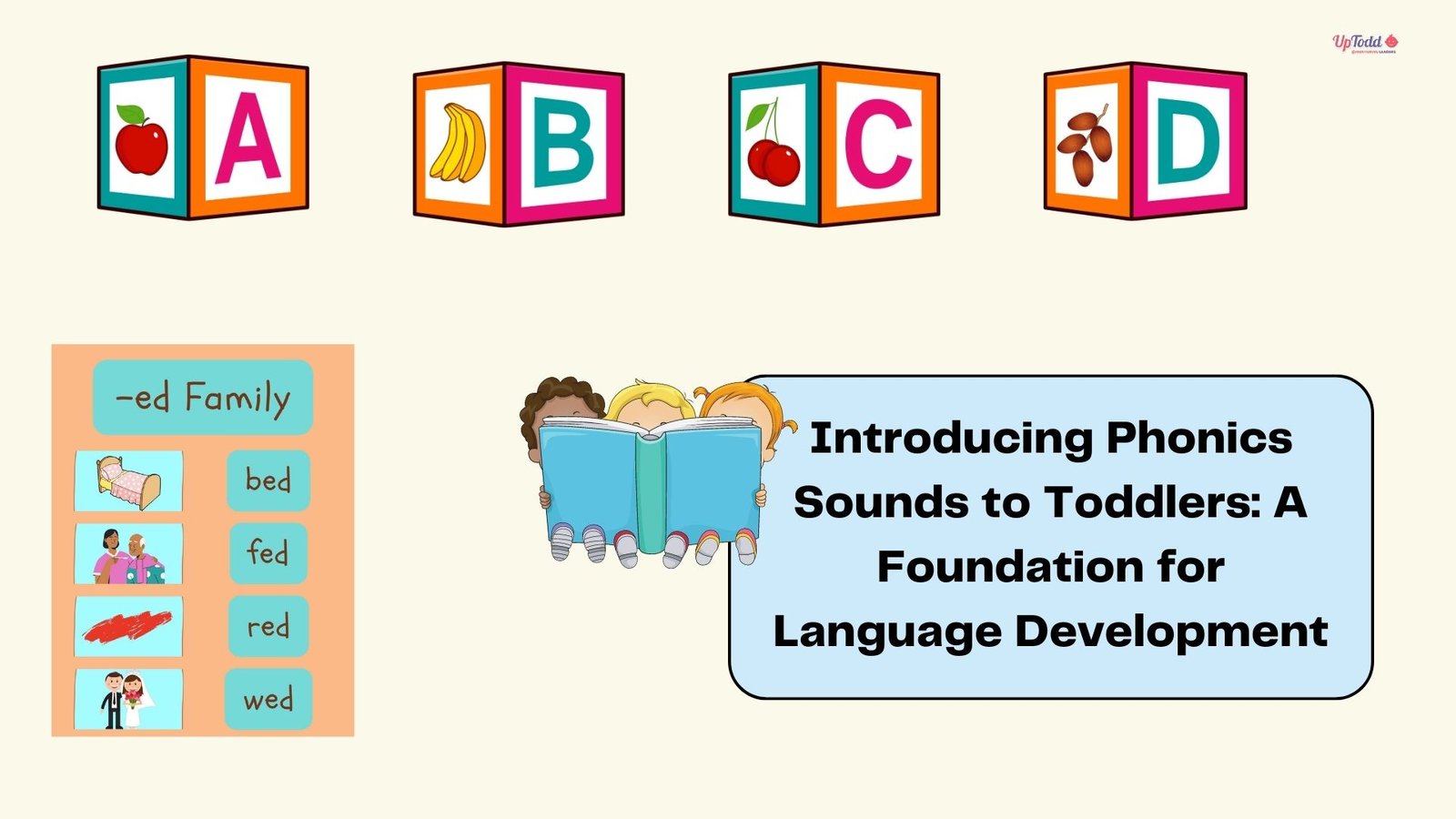
As parents, we play a crucial role in nurturing our toddlers’ language skills and setting them up for success in communication and literacy. One powerful tool in this journey is introducing phonics sounds to toddlers. Phonics, the relationship between sounds and letters, helps children develop essential skills to decode words, read fluently, and build a strong vocabulary. In this blog, we will explore the importance of introducing phonics sounds to toddlers and provide valuable insights into effective strategies, engaging activities, and practical tips to make learning phonics an enjoyable and enriching experience for your little ones.
Why Phonics Sound Matters
Phonics serves as a bridge between spoken language and written words. By teaching toddlers phonics sounds, we empower them to understand the building blocks of language. Here are some reasons why phonics is essential for toddlers:
- Letter-Sound Correspondence: Phonics helps children understand that letters represent sounds. Learning the sounds associated with each letter enables them to decode and read words accurately.
- Reading Fluency: By recognizing phonics sounds, toddlers can read words more fluently and effortlessly. It enhances their ability to blend sounds together and pronounce unfamiliar words.
- Vocabulary Development: Phonics introduces children to a wide range of words and their corresponding sounds, expanding their vocabulary and promoting comprehension skills.
Strategies to Introduce Phonics Sounds:
- Start with Simple Sounds: Begin by introducing single letter sounds, such as /a/, /b/, /c/. Use clear pronunciation and encourage your toddler to repeat the sounds after you. Reinforce learning through repetition.
- Multi-Sensory Approach: Engage multiple senses by incorporating visual aids, tactile materials, and auditory cues. Use flashcards, alphabet puzzles, and interactive phonics apps to make learning more interactive and memorable.
- Phonics Songs and Rhymes: Introduce phonics sounds through catchy songs and rhymes. Sing along together and encourage your toddler to identify the sounds within the lyrics. This makes learning fun and enjoyable.
Tips for Effective Phonics Learning
- Keep it Playful: Make phonics learning playful and engaging. Incorporate games, hands-on activities, and positive reinforcement to create a supportive and enjoyable learning environment.
- Gradual Progression: Introduce phonics sounds gradually, focusing on a few sounds at a time. This allows your toddler to master each sound before moving on to the next.
- Practice Regularly: Consistency is key. Set aside short, daily practice sessions to reinforce phonics sounds. Make it a part of your routine and celebrate your toddler’s achievements along the way.
Conclusion
Introducing phonics sounds to toddlers lays a strong foundation for their language development and reading abilities. By incorporating effective strategies, engaging activities, and consistent practice, you can make phonics learning an enjoyable and enriching experience for your little ones. Remember to keep it fun, celebrate their progress, and provide a nurturing environment where they can thrive. Embrace the joy of watching your toddlers discover the magic of language through phonics sounds. If you want to know more about such topics join SUPER DAILY program and follow UpTodd.
